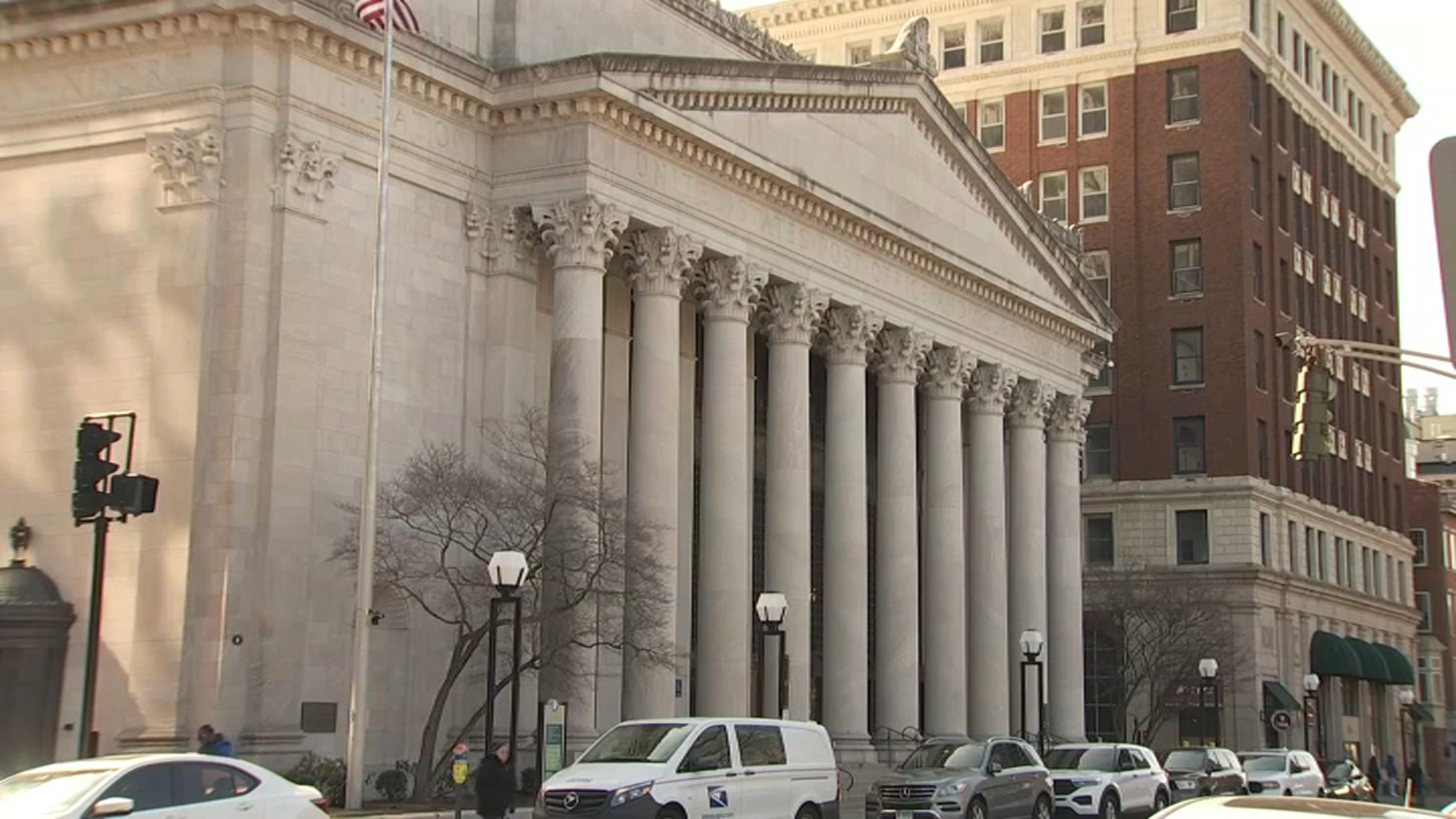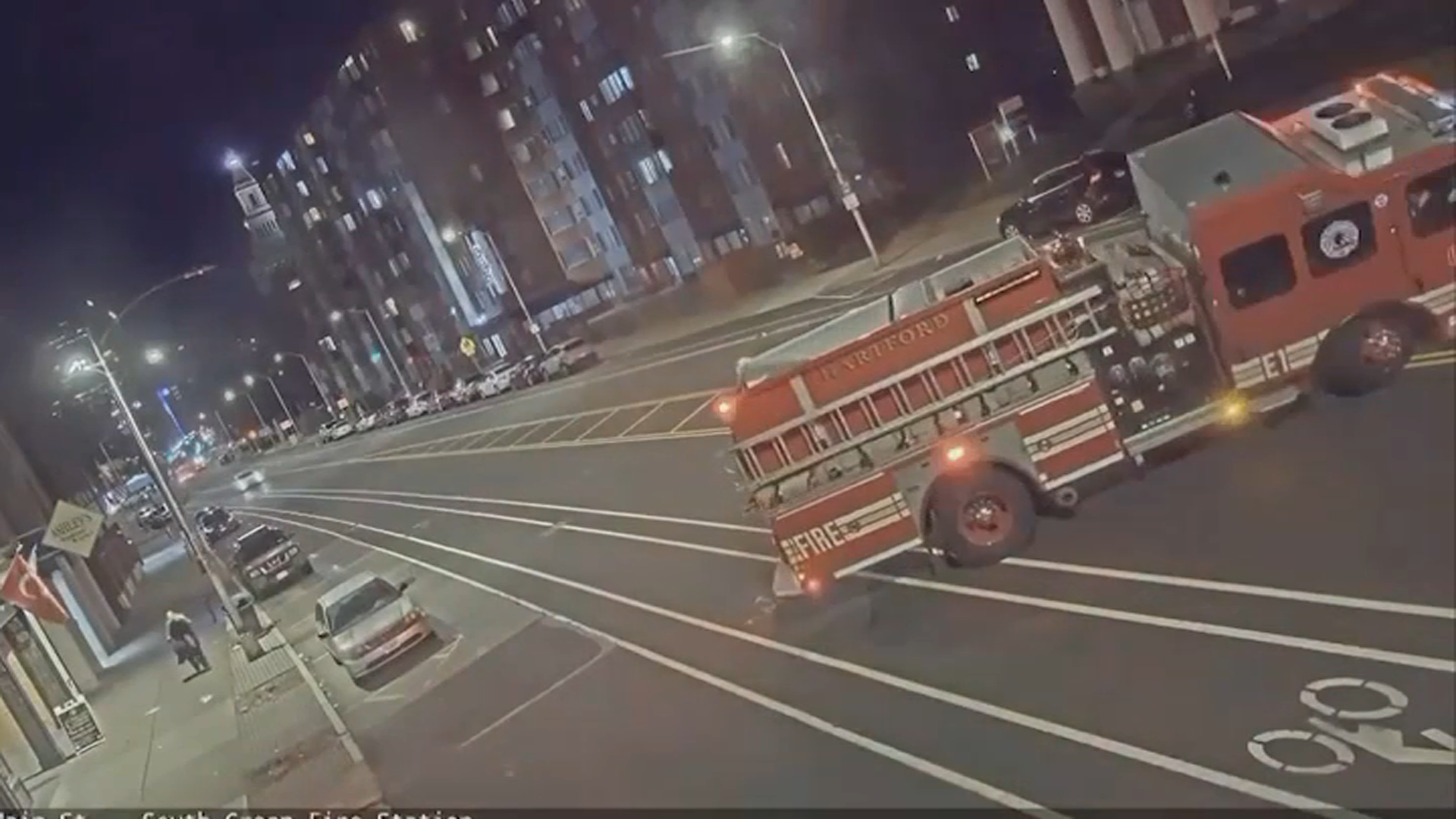Stephanie Almada was a functional addict.
"I didn't really use the drugs to get high for many years, I was just using them to maintain," Almada said.
The Newington mom took prescription opioids, but held down a long-term job at a hospital, until her second daughter was born and she sought treatment for postpartum depression.
Almada's opioid use accelerated and started taking over her life. She told the NBC Connecticut Troubleshooters she spent thousands of dollars buying prescriptions to feed her habit.
"I worked 2 jobs. One of my jobs paid for drug use and the other job paid for my bills, at first. Then both jobs started paying for my prescriptions," she said.
Jessica Smith, director of Adult Outpatient Services at Wheeler Clinic, says the face of the opioid crisis has changed over the past decade and the number of addicts in suburban areas has risen exponentially.
"People are seeing their friends, family, neighbors, loved ones, family suffer with opioid use disorder where they might not have thought it would be present in their own neighborhood or family," Smith said.
Investigations
Data from the Centers for Disease Control and Prevention tell the same story. The most recent statistics show about two-thirds of opioid users who visit Connecticut emergency rooms have incomes in the top half of their communities and more than half are between 25-44 years old.
"All ages, races, ethnicities and people from all communities across Connecticut. Addiction just doesn't discriminate," Smith said.
Wheeler Clinic's opioid patients include teachers, police officers, doctors and nurses, and hospital admins, like Stephanie.
"I was in denial. I was not an addict because I did not smoke crack and I didn't do heroin. You get to a place where it's no longer a choice, it's a need," Stephanie said.
That need is showing deadly results in alarming numbers in our state.
In 2012, Connecticut was ranked 50th in the nation in terms of opioid deaths, with just 2 per 100,000 people.
By 2015, that number spiked 5-and-a-half times, and Connecticut's ranking climbed to 12th.
The story for heroin death rates is equally disturbing. Between 2012 and 2015, the state's ranking rose from 12th to 2nd in the nation.
The latest numbers just released by the Office of the Chief State's Medical Examiner show the trend continued in 2016, with a 21-percent increase in deaths involving opioids in a year.
Jessica Smith says there are several factors at play.
"There's easy access, there's over-prescribing, then there's transition to heroin and here in the northeast, it's riddled with fentanyl," Smith said.
The threat of losing her children scared Stephanie straight.
"DCF knocked on my door and that was the beginning of my treatment. That was a wake up call," she said.
Stephanie entered treatment at Wheeler Clinic. She is now five years clean and "in love" with recovery. She works as a peer counselor at Wheeler, focused on providing patients with a sense of hope.
"It feels phenomenal. Phenomenal," she said.



